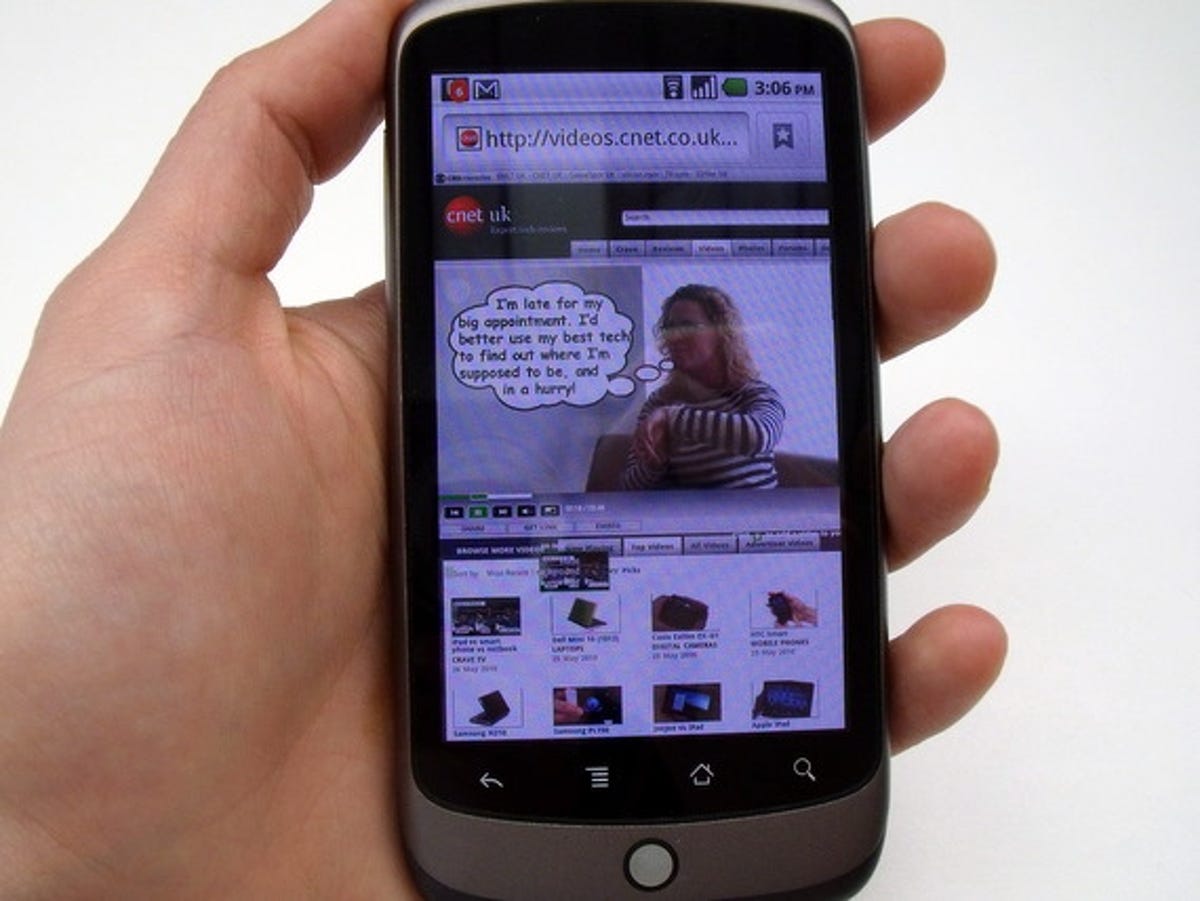
We’ve tested the speed of Android 2.2 versus Android 2.1 and 1.5. Now it’s time to talk about Flash Player 10.1, the delicious chocolate sprinkles that top off the Froyo release.
Adobe spokesman Ryan Stewart has blogged about some “pretty close to clean-room tests” that give a glimpse of how Flash 10.1 affects battery life. The tests were done on a Google Nexus One, without hardware acceleration (which isn’t available yet on our Nexus One running Froyo either). We’re going to have a look at what the results mean.
Adobe compared H.264 video in Flash Player 10.1 and in the Nexus One’s native video player. It used the same YouTube video, playing it over and over all day like we do with Shatner of the Mount. (Why is Captain Kirk climbing the mountain?)
Anyway, Adobe found that using Flash 10.1 knocked 37 minutes off the battery life at full brightness, and 25 minutes off the battery life at half brightness, compared to the native video.
To test Flash games, the team apparently played Tic-Tac-Toe and Alchemist for seven hours, which we’d find hard to believe if we weren’t so addicted to Flight Control. They squeezed out 6 hours and 49 minutes of Tic-Tac-Toe, followed by a recharge and 7 hours and 7 minutes of Alchemist. There’s nothing to compare that with, since there’s no way to play Flash games without Flash, so it’s up to you to decide whether you think that’s decent.
Animation was tested by comparing bouncing balls rendered in HTML5 and Flash by The Man in Blue’s tests. It was tricky because Adobe found — and we’ve confirmed with our own tests — that Flash delivers frame rates far beyond what HTML5 does on the Nexus One. That said, Adobe’s battery lasted 12 minutes less using Flash than using HTML5 canvas.
There are a lot of caveats here, from the the prototype state of Froyo on the test phones to the variation of battery life among different phones. Despite these, it seems clear that battery life isn’t utterly wiped out by Flash 10.1, but it is affected. It’s nothing we can’t live with to get our hit of Flash goodness, but you may feel differently.
Flash Player also slows down the rendering of Web sites that have Flash content, as shown in a rough-and-ready test done by Pocketnow. Pocketnow calls the difference “tremendous”, but in our tests, we’d say it’s more like “very slightly” — and we’re comparing the same Web browser and the same Nexus phones, not different operating systems, browsers and phones.
Android 2.2 gives you the power to disable Flash 10.1, or use it on demand only when you need it. Some sites require Flash, even to get in the front door, so to us it seems like the best of both worlds for now.
Let us know in the comments what you think of Adobe’s battery tests, or if there are other showdowns you’d like to see before you’re willing to get in bed with Android.



